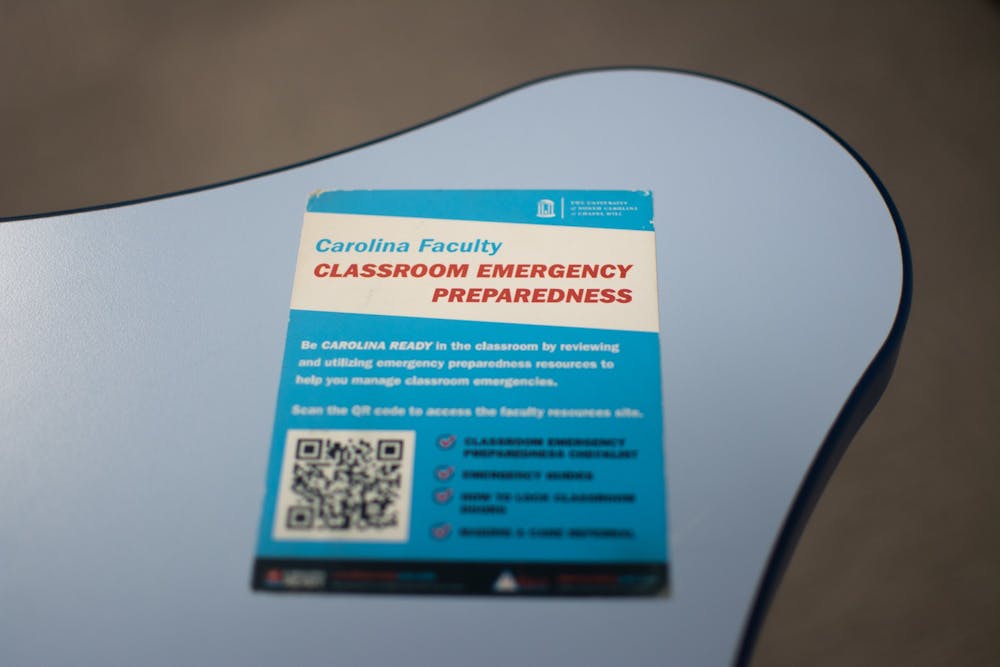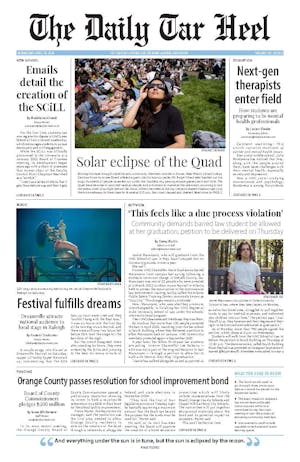Professor Kelly Hogan remembers seeing several police cars from her office window before leaving to teach her Biology 101 class in 2015. When she received an alert about a possible armed person on campus, Hogan ushered students inside a Genome Sciences Building lecture hall and decided to lock the doors.
She encountered one problem: the doors wouldn't lock.
While the situation was a false alarm, it encouraged Hogan to think about the resources that faculty, staff and students need to feel safe in a learning environment during an emergency.
Hogan used her role as the associate dean of the Office of Instructional Innovation to gather input from faculty on classroom safety and improve access to emergency preparedness resources. A group of faculty—including Hogan and representatives from Campus Safety, University police, the Center for Faculty Excellence and others—have worked together to implement new projects.
Most recently, the group designed an emergency checklist for faculty to ensure familiarity with classroom facilities and safety procedures. This checklist is embedded in a QR code placed on the podiums of large lecture halls, a measure that was implemented at the beginning of the semester.
When the code is scanned, it opens a "resource hub" compiled by Campus Safety, which includes the emergency checklist and information about the types of locking mechanisms in different classrooms.
“I think people are starting to become more aware, and putting the QR codes on the consoles in the classroom and announcing it is something we're gonna have to do every semester to remind people until it becomes habit,” Hogan said.
The QR code is also displayed on the login page of classroom computers, so it is the first thing professors see when they sign in. Furthermore, instructors who teach in these classrooms receive an email at the start of each semester that contains the link to the QR code and other safety information.
“So regardless of if it's before something happens, during a disruption or after that, they can familiarize themselves and know that they can access that to provide some guidance to them,” said Darrell Jeter, emergency management and planning director of Campus Safety.



